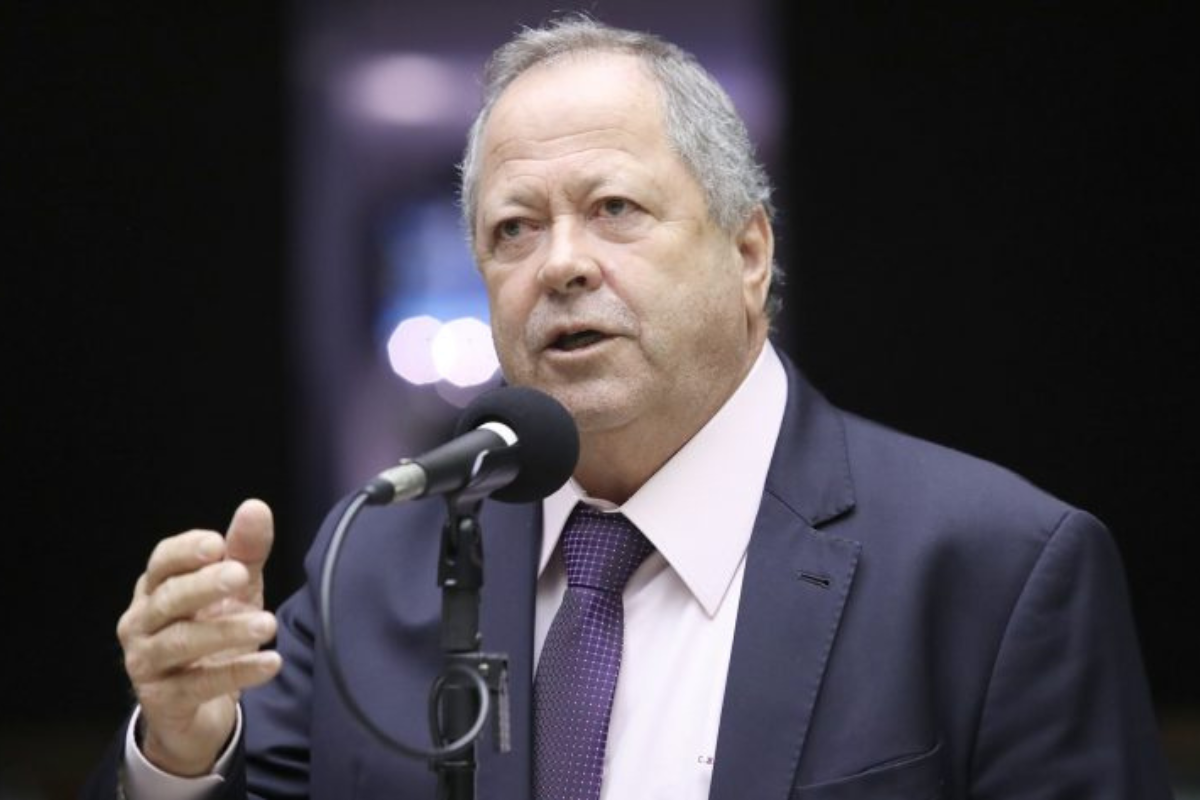On Sunday, Brazilian police claimed to have solved the most notorious political crime in the country’s recent memory: the 2018 murder of Rio de Janeiro City Councilor Marielle Franco. But the closure, which came six years after the assassination, brings with it more disturbing findings than comforting elements.
The case shows the depth of the ties between Rio de Janeiro’s state apparatus and organized crime.
According to the conclusions of the Federal Police, all those responsible for planning the crime hold well-known public offices. The two alleged masterminds of the crime are Chiquinho Brazão, a federal lawmaker, and his brother Domingos, a member of the Rio de Janeiro state accounts court. They were assisted by Rivaldo Barbosa, a former state police chief. All three were arrested on March 24 and deny the accusations.
The gunman and the getaway driver, who both confessed, were former cops. And police understand the conspiracy was assisted by other former police officers.
It is impossible to understand the murder of Marielle Franco without delving into the workings of Rio’s urban milicias — the paramilitary police mafias (or “militias”) that have grown in recent decades and become a force that controls large swaths of Rio de Janeiro’s metropolitan area, blurring the lines between politics and crime.
According to investigators, Ms. Franco was killed because she and her political party — the Socialism and Liberty Party — were trying to create obstacles for land-grabbing and real estate development in areas controlled by militias.
According to a 2022 study by the Fogo Cruzado Institute and the Fluminense Federal University, militias are now the biggest threat to public safety in Rio de Janeiro.
After expanding their reach by 387 percent between 2006 and 2021, militias now have half of the crime-controlled territory in Rio de Janeiro proper, and 10 percent of the total area when including the surrounding metropolitan region. More than 90 percent of their expansion occurred in areas not previously controlled by organized crime.
“Rio’s fiscal, economic, and management crises in recent years have hindered the state’s ability to respond to citizens’ needs,” says Maria Isabel Couto, co-coordinator of the study. “That allowed militias to flourish.”
How Rio’s militias work
Since the mid-20th century, during the military dictatorship, Rio de Janeiro and its environs have coexisted with death squads, often made up of police officers and other state agents.
In the 2000s, however, journalistic reports revealed that such groups, led by current and former police officers, firefighters, and prison guards, were already dominating entire...


 Search
Search






































